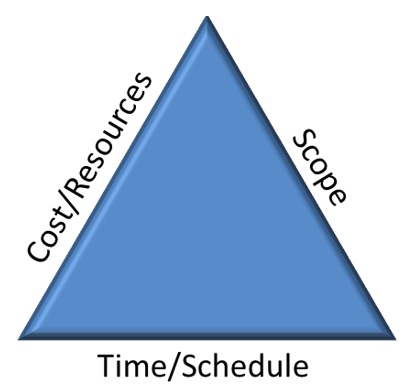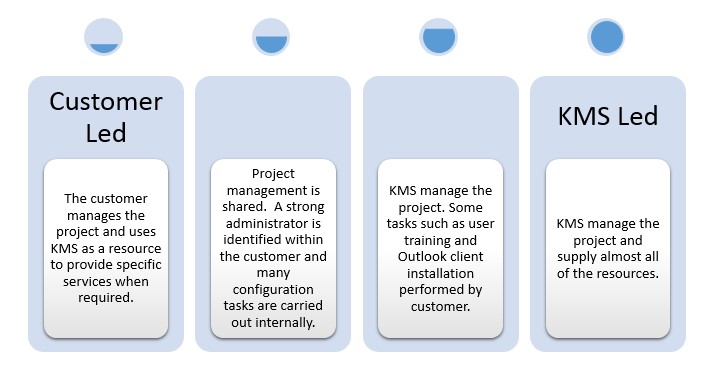How to be a good CRM buyer
The purchase of any IT system has traditionally been seen as an adversarial battle between vendor and buyer. However, we find that the best results are achieved when it is a joint effort between the two parties to identify and implement the right solution. At KMS, we work hard to understand your needs and preferences, but if you can come up with some answers to the questions below it will make the process quicker and smoother.
What is the number of users?
It’s an obvious starting point but it needs to be communicated as early as possible. In addition, your purchasing path should be in keeping with the size of the project – there is no point having an Invitation to Tender with multiple vendors and requiring several on site presentations for a 10 user system. Likewise, you should not be purchasing a 100 user system after just a couple of phone calls.
Do you have clear objectives?
Features and functionality will come later, first it is important to be clear what you want CRM to do for your business. Ideally this will be some metrics that you can measure, such as increase win rate from 1 in 5 to 1 in 4, improve customer satisfaction scores or handle 20% more enquiries with the same staff numbers. This will help the vendor focus on the important outcomes you require rather than the latest bells and whistles in the software.
What is your preferred project “style”?
Your preferences and expectations need to be made clear. A straightforward, short implementation with minimal project management will definitely cost you less, but if you have an expectation of regular (even daily) review meetings and comprehensive documentation, more time (and cost) will be required. Another way of thinking about the constraints on a project is the “Iron Triangle” – You cannot change one side of the triangle without affecting the other two:
Do you have available resources internally?
Identify which box on the diagram below best describes your preference. There is obviously a cost increase from left to right, but if you are planning on using internal people, you must identify and commit these resources to the project when the time comes.
What is your existing IT Infrastructure?
The key things to know are:
- Office 365 – If you already have this in place, implementing Dynamics CRM Online is both easier and the subscription cost is cheaper.
- Office Applications – If you do not use Outlook or all of your computers are Macs, Dynamics CRM can still be implemented but you will be losing out on a lot of great functionality.
- Internal IT or Outsourced – It is important that any internal or external IT are aware of your plans and the implications.
Do you have any existing data to import?
Identify all of the possible data sources you may have and then think about which of those are suitable for import. There are decisions to be made around the cost and practicality of importing each data set and you always need to keep an eye on the quality of that source data.
Do you want integration with any other systems?
The subject of integration comes up on many CRM projects, but it can conjure different images in people’s minds. Comprehensive two way data flow between CRM and an external system can be complex and costly, but sometimes all that is required is a simple overnight update of a handful of fields on a CRM entity. Think about whether an integration is essential or just nice to have, and how it fits with the objectives you have identified at the start.
As a vendor, our role is to guide you through these questions and advise you on the implications of your answers. If you already have all of these answers, it gets us off to a great start!


